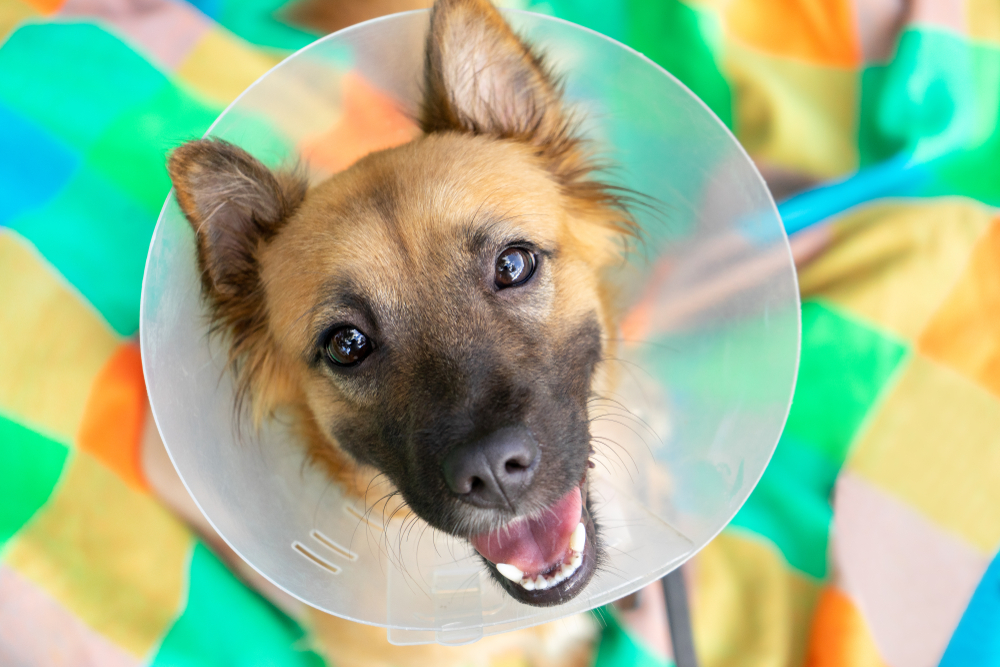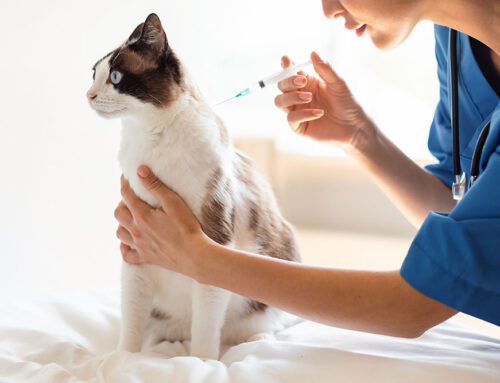Spaying and neutering are important procedures that not only prevent unwanted litters but contribute to your puppy’s health and well-being. However, determining the optimal timing for having your puppy spayed or neutered involves considering various factors such as their age, breed, and health conditions. Our Cane Bay Veterinary Clinic team is passionate about helping your pet live a healthy life, and we provide information about why these procedures are so important. We also provide guidance about how to determine the best timing for having your new tiny pup spayed or neutered.
Benefits of having your puppy spayed or neutered
For various reasons, many pet owners shy away from having their puppy spayed or neutered. However, these procedures have many benefits, including:
- Increased longevity — Spayed or neutered dogs’ lifespans are significantly longer than those of dogs left intact. A University of Georgia study that looked at the medical records of more than 70,000 pets, found that a male neutered dog’s life expectancy was 13.8% higher than that of intact male and female dogs. In addition, a spayed female dog’s lifespan was 26.3 % higher than that of intact male or female dogs. A separate study conducted by Banfield Pet Hospitals reported similar results.
- Improved health for females — Having your female puppy spayed prevents uterine infections and complications related to pregnancy and giving birth and reduces their risk of breast tumors, which are malignant (i.e., cancerous) in about 50% of dogs.
- Improved health for males — Having your male puppy neutered prevents testicular cancer and lowers their prostate issue risk.
- Improved behavior for females — Having your female puppy spayed prevents them from experiencing heat cycles, which can lead to erratic behavior and a messy vaginal discharge.
- Improved behavior for males — Having your male puppy neutered helps prevent behaviors such as roaming to find a mate and urine marking. In addition, neutering can mitigate a male dog’s aggression problems.
- Controlled pet population — Pet shelters don’t have enough resources to care for the many pets without homes, and about 15 million pets are euthanized every year in animal shelters throughout the United States. Spaying and neutering help prevent pet overpopulation by eliminating unplanned litters, which reduces the number of homeless pets in shelters.
- Saved money — Conditions, such as pyometra (i.e., uterine infection), dystocia (i.e., birthing difficulties), and other issues that affect intact pets, are expensive to treat. Having your puppy neutered or spayed helps protect them from these conditions and saves you money.
Timing to spay or neuter your puppy
The optimal time to have your puppy spayed or neutered depends on various factors. Our team will recommend when you should have your puppy neutered or spayed based on the following:
- Your dog’s breed size — For small- to medium-breed puppies, we recommend spaying and neutering at 5 to 6 months of age. Recent research suggests that delaying spaying and neutering until a large- or giant-breed dog reaches skeletal maturity may have certain health benefits for these dogs. We evaluate the pros and cons of waiting until your puppy is 1 to 2 years old and discuss these issues with you to determine the best course of action.
- Health considerations — Some puppies may have underlying health issues or genetic conditions that warrant delaying their spay or neuter procedure until they are medically stable or have reached a certain developmental milestone.
Guidance for puppy owners

To determine the best time to have your puppy spayed or neutered, you must consider many factors. When considering when to have your puppy spayed or neutered, we recommend the following:
- Consult with our veterinarian — Our Cane Bay Veterinary Clinic team is your best resource for guidance on having your puppy spayed or neutered. We can provide personalized recommendations based on your puppy’s breed, age, and health status.
- Weigh the risks and benefits — Consider the potential health benefits and risks associated with having your puppy spayed or neutered at various ages, and discuss these factors with our team to make an informed decision that prioritizes your puppy’s long-term health and well-being.
- Follow presurgical and postsurgical care instructions — Follow our team’s presurgical and postsurgical care instructions carefully to promote a smooth recovery and minimize complications.
Contact our Cane Bay Veterinary Clinic team today to schedule an appointment so we can determine the best time to spay or neuter your new puppy.







Leave A Comment